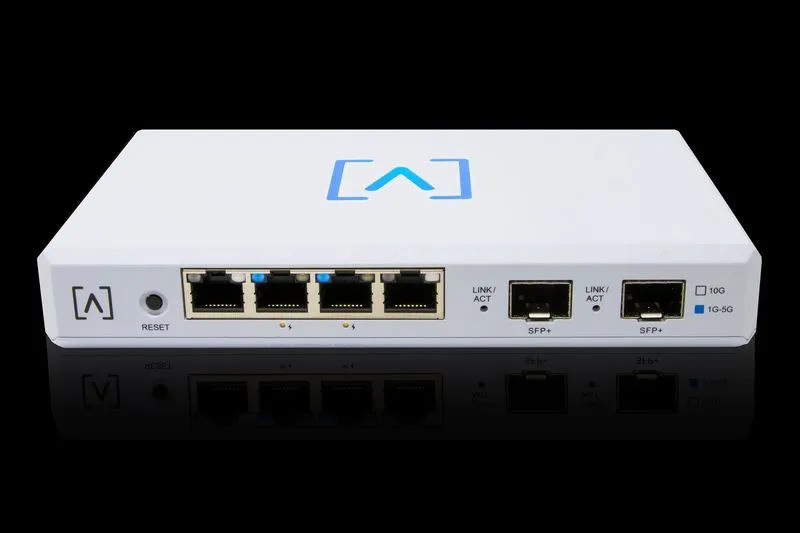Equus Compute Solutions announced today the availability of servers that use the new Intel†Xeon†Processor Scalable Family (aka “Purley”). These newly released Intel CPUs provide improved infrastructure options and are designed to set a new benchmark in platform convergence and capabilities across compute, storage, memory, network, and security.
“Today our customers can configure and purchase advanced Intel Xeon Scalable CPU-based servers,” said Costa Hasapopoulos, president of Equus Compute Solutions, in a press statement. “We look forward to helping Resellers, Software Vendors, and Service Providers understand how to leverage this new technology in their business and realize tangible benefits from these new Intel CPUs using our custom cost-effective solutions.”
Examples of new Equus Servers†include:
-
R2096Q-2U: Rackmount 2U, Dual Intel Xeon Scalable CPUs, 2TB DDR4 memory (Optane Support), 8x SAS/SATA drives, 2x 10GBase-T Ethernet, 4x PCIe 3.0 x16 (LP) slots, and 1000W redundant power supplies.
-
M2098Q-2U4N: †Rackmount 2U, 4 Node, Dual Intel Xeon Scalable CPUs per node, 2TB DDR4 memory per node, 3x 3.5 SAS/SATA drives per node, On-board Broadcom drive controllers, and 2200W redundant power supplies.
-
M2099Q-2U4N: †Rackmount 2U, 4 Node, Dual Intel Xeon Scalable CPUs per node, 2TB DDR4 memory per node, 6x 2.5 SAS/SATA drives per node, On-board Broadcom drive controllers, and 2200W redundant power supplies.
-
R2097Q-Full: Tower 25.5 x17.2 x 7.0 inches, Dual Intel Xeon Scalable CPUs, 2TB DDR4 memory, 8x 3.5 SAS/SATA drives, 2x 10GBase-T Ethernet, 4x PCIe 3.0 x16 (LP) slots and 1200W redundant power supplies.
The new Equus servers are configured using different form factors, CPU sockets, disk storage, I/O, and multi-node capabilities. With up to 28 physical cores per CPU delivering enhanced per core performance, significant increases in memory bandwidth (six memory channels), and I/O bandwidth (48 PCIe lanes), even the most data-hungry, latency-sensitive applications, including in-memory databases and HPC, can benefit from the improvements enabled by denser compute and faster access to large data volumes.†













